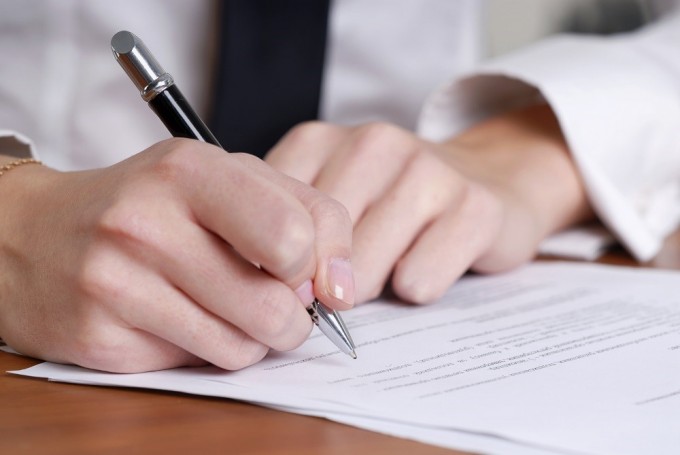Simple Steps to Writing Effective Collection Letters

In terms of the impact on your customers’ inclination to pay you, letters tend to have more gravitas than emails or phone calls alone.
They are a much more formal way of communicating with a customer and therefore can potentially encourage them to take a situation more seriously if they have been paying late and ignoring your emails.
Also, to comply with the Court’s pre-Actin Protocols, a Final Demand Letter or Letter Before Action must be posted.
What should be considered when writing effective collection emails ?
Tone
Your emails should be sent in a cycle, the further you get in that cycle with no payment, the firmer your tone should become.
Include the correct details
Including the correct contact and bank details is essential to prevent any further delays in payment; your customer is less likely to be in a rush to try and contact you if you haven’t made it easy for them to do so. If you accept credit/ debit card payments, inform them of this in the email with clear instruction on what to do in order to pay by this method.
Ask them to contact either way
Your customer may have already paid you, it is always best to ask them to contact you anyway, for example; ‘Thank you if you have already paid, please contact us with your payment details’. I recommend you don’t say to ignore your letter if they have paid, as the reader is likely to ignore the email whether they have paid or not.
Interest can add a great deal of leverage
If you customer has no valid dispute, and no payment has been made, then consider adding, or indicating that you may have to add interest & compensation if payment is not received in 7 days as leverage.
Letter before Action
As mentioned earlier in this blog, the Court’s Pre Action protocols stipulate that a Letter Before Action must be posted to your customer’s Registered Office Address. However, I find it very useful to send a scanned copy of that letter by email also to the relevant people asking for a delivered and read receipt. This strategy often encourages a quicker response, gets to the people needed rather than being stuck in head office and reduces the option of the debtor arguing they did not receive the LBA in the future.
If written correctly, collection emails and letters can have a great impact on your collection performance; particularly when used as part of a wider collection strategy, alongside phone calls.
Download our Collection Strategy toolkit for your full guide to collecting payment effectively from your customers. Alternatively take a look at our outsourced collection service if you would like help with your credit control function.
